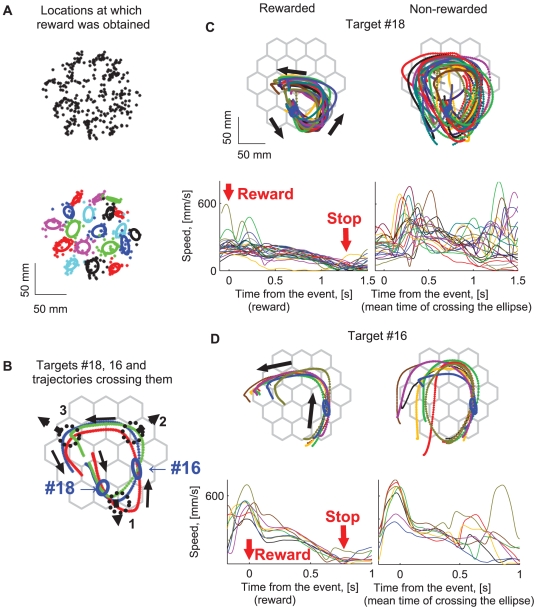Figure 8. Rewarded and non-rewarded trajectories.
A. Selection of areas with high density of rewarded locations. (Upper) Locations at which the monkey received a reward. (Lower) Same locations as in the upper plot, different colors correspond to different targets. PCA ellipses designate areas with a high density of rewarded locations. B. Three movement patterns that cross ellipses #18 and #16 without being rewarded there. For 2 trajectories, red and purple, the monkey completes the primitive sequence (1–2) and continues to scribble further via parabolic element 3 without stopping. For the green trajectory, the monkey completes the primitive sequence as well and decelerates after its completion. If the monkey is rewarded at target 18, it completes parabolic segments 1 and 2 and then nearly stops (see Figure 8C). If the monkey is not rewarded at target 18, and gets a reward at target 16, it completes parabolic segment 2, decelerates and nearly stops after that (see Figure 8D). In general, after obtaining a reward at targets 18 and 16 (at the beginning of parabolic strokes 1 or 2) the monkey decelerates and nearly stops after completing the sequence (1–2) (the data from all 17 recording sessions are summarized in Figure 9A). C, D. After receiving a reward inside ellipses 16, 18 during an ongoing movement the monkey tended to decelerate and even stop moving but only after completing a movement sequence composed of several parabolic segments. The set of rewarded locations is marked by a blue ellipse. The monkey scribbled counter clockwise. C. An example of the completed (before stopping) particular cycle that consisted of two parabolic segments (oriented downward and rightward). D. The last parabolic element of the cycle mostly corresponded to the parabolic strokes whose orientations ranged from 0° to 100°. The trajectories which were not rewarded inside the ellipse were more variable than the rewarded ones, which may have resulted from the composition of an ongoing movement sequence with another movement element.

